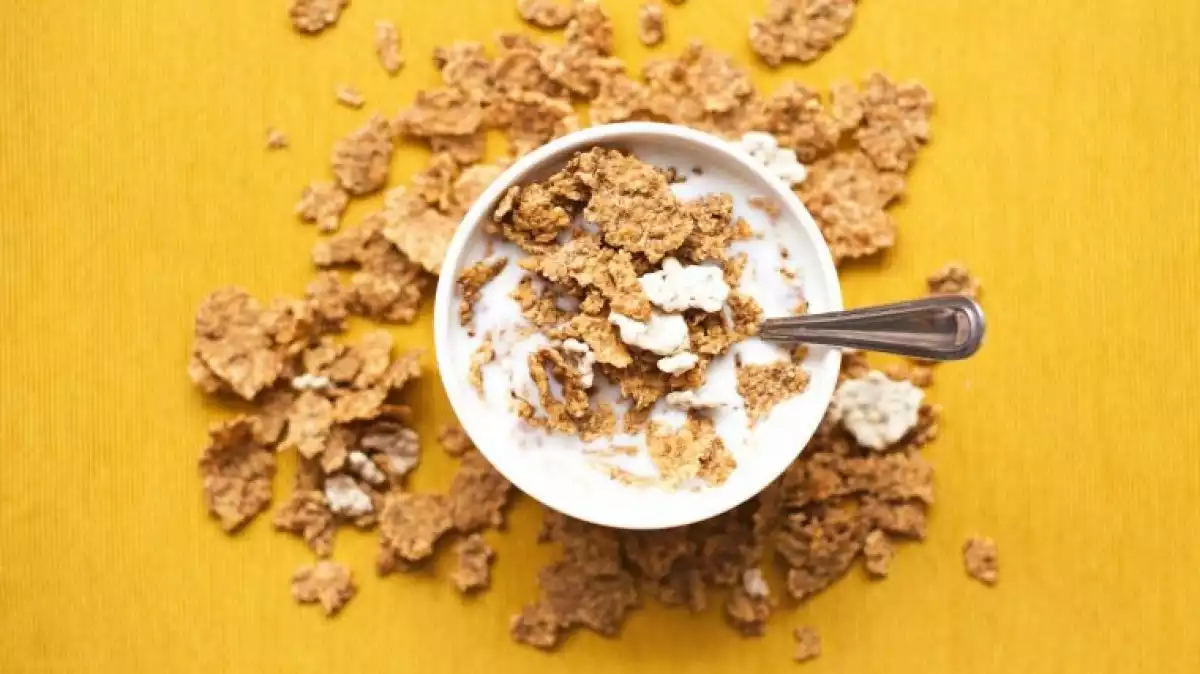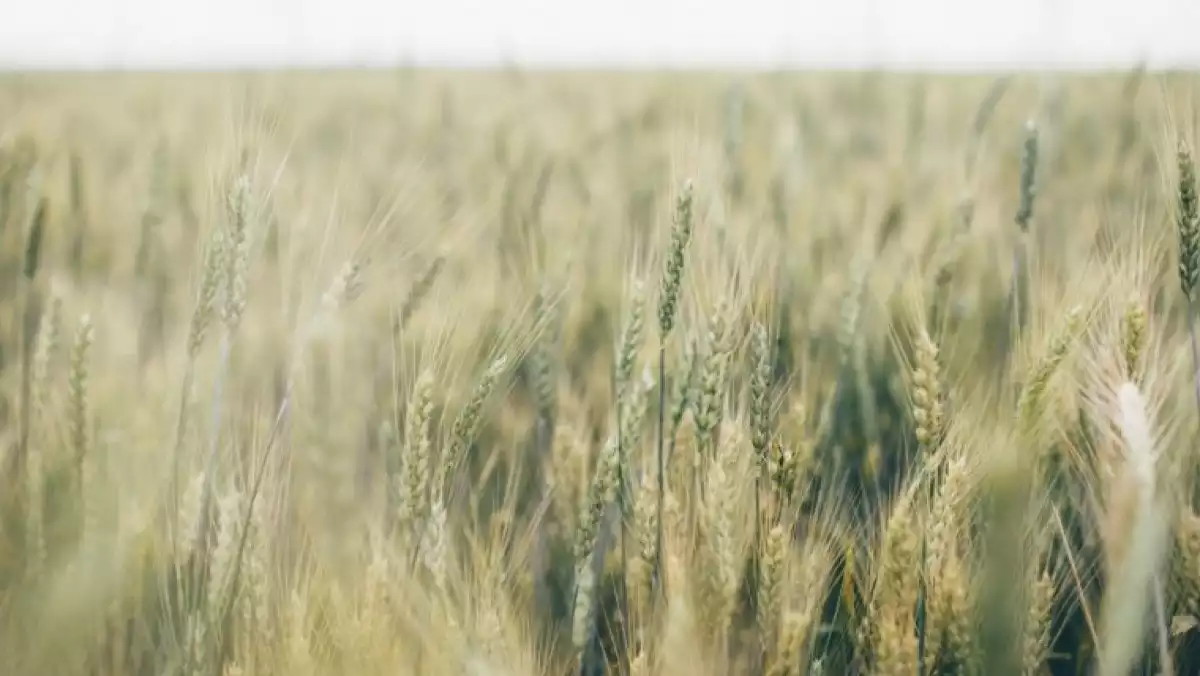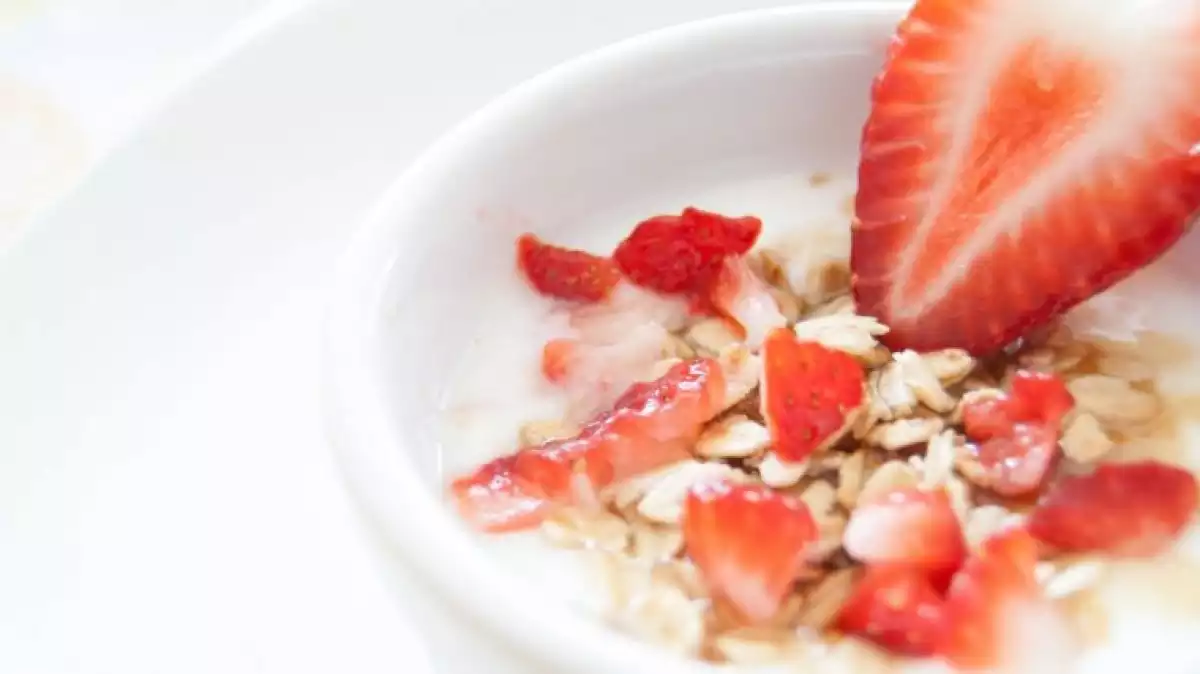
Whether in grain form or flaked, cereal is a staple food, part of many cuisines worldwide. Considering the remarkable amount of nutrients that it has, scientists recommend that half of our intake of cereal be whole grain, or unprocessed.
In the following article, we will present the definition of cereal, the main types (with and without gluten), their benefits, and the main cereal brands available on the market.
What is cereal?
While the word cereal is derived from Ceres, the Roman goddess of harvest and agriculture, the plant itself is part of the Poaceae family of cereal grasses with edible grains.
We could separate cereal into two categories depending on the size of their grain, which can be big or small. The former group contains cereal such as:
Wheat
Rice
Maize
Rye
Oats
The latter includes cereal like canary grass, millet, sorghum, or triticale. The main difference between these types of cereal is the size of the grain, which in some cases is the result of years of plant domestication.
Grains
The cereal grain is a small, dry seed, with or without an attached fruit layer. Grains tend to have more or less the same nutritional value when compared to each other, although their size and shape differ significantly from one type to the other.
Generally speaking, grains contain carbohydrates (60-80%), protein (5-12%), and fat (1-5%).
Types of cereal
Depending on the process and agricultural engineering the grains undergo, there are different types of cereal, and we will have a look at their main traits in the list below.
1. Whole grain
Whole grain cereal contains all the parts of the seed: the bran, the endosperm, and the germ, which are believed to be better sources of fiber, vitamins, and minerals.
Barley, buckwheat, millet, and oats are whole grains and nutritionists recommend their consumption on account of being rich in nutrients.
2. Refined
Refined grains refer to the mechanical removal of the bran and germ either through grinding or selective sifting, which accounts for their smooth appearance. Processing grains strips them of their nutrients, mainly of fiber. Some examples of refined cereals would be white flour, white rice, and white bread.
3. Fortified cereal
When we say fortified we mean that part of the initial nutrients that were lost in the refining process are now being added back into the grains.
Many of these nutrients are fortified as well, which means they are not from natural sources and although fortified cereal is superior to its refined counterpart, it still comes in second after whole grains.

Cereal (With and without gluten)
The following list details the most common types of cereal, either in grain or flake form; as well as cereal with and without gluten. So whether you're a coeliac (people suffering from celiac disease, a gluten-sensitive disease) or know someone who is, this is a priceless resource for you.
1. Barley
Generally used for malting in beer and whiskey production, this cereal is also used as one of the main ingredients in Central European cuisines. Barley is rich in antioxidants and minerals.
2. Millet - without gluten
Gluten-free millet might be one of the cereals with the highest concentration of minerals and proteins, and although it's incredibly nutritious and gluten-free, many coeliacs experience mild discomfort when they eat millet.
This cereal is rich in iron and folic acid, and it works wonders for our hair and nails. Millet is extremely versatile in the kitchen and can be used for anything from meatballs to vegetable salads.
3. Wheat
Considering that wheat is at the basis of many food products we have nowadays, processing the cereal plays a vital role in ensuring there is an adequate supply of this product. Wheat is also used in the manufacturing of animal feed, starch, and ethanol.
4. Rice - without gluten
Rice is one of our greatest allies and an extremely popular and versatile cereal. We can also use rice flour to make delicious dishes such as rice noodles and pancakes, but the best choice is, hands down, whole grain rice.
5. Quinoa - without gluten
Quinoa is a pseudocereal ( plants that produce fruits or seeds which are used and consumed as grains) rich in iron, phosphorus, calcium, vitamins as well as being low in fat and an excellent source of protein. Regarding the preparation method, quinoa is very similar to rice and should be cooked as such. We can enjoy this cereal mixed with eggs and tomatoes, fish and vegetable, and many more quinoa recipes. This pseudocereal is definitely on the rise as one of the most popular gluten-free.
6. Maize - without gluten
Perhaps one of the most popular cereal among coeliacs, maize is extraordinarily versatile and most importantly, gluten-free. It's also rich in beta-Carotene, an antioxidant that provides us with carbohydrates, fiber, and B complex vitamins.
7. Oats
One of the most consumed cereals around the world, oats have a high nutritional value, being especially abundant in Vitamin B and K. It has more protein than rice, wheat, or maize as well as being rich in fiber.
8. Spelt
A nutritious cereal, high in nutrients. Similar to wheat but higher in Vitamin B12 and B3 content.
9. Teff - without gluten
Teff is an annual plant, one of the staple foods in Ethiopia and Eritrea, where the tiny seeds are either cooked or fermented. Tiff is relatively unknown outside of Ethiopia, and some say that it's the perfect substitute for wheat while being even more nutritious.
10. Rye
This cereal is mainly used in bread production; it has a high concentration of fiber and phenolic acids as well as being a great source of energy and antioxidants. Similarly to wheat and barley, however, rye contains gluten.
11. Amaranth - without gluten
This is a very popular cereal in Mexico, especially among athletes because of its rich content of protein and minerals as well as being low in fat.
12. Buckwheat
Buckwheat is considered a pseudocereal, rich in essential amino acids, and fiber which help improve intestinal transit. Buckwheat flour can be used to make pancakes, it has a slightly bitter taste and a unique flavor.
13. Amaranth
Amaranth with gluten, we've already mentioned its gluten-free twin, is cereal originally from Mexico, Guatemala, and Ecuador. Rich in proteins as well as being one of the few kinds of cereal which contain Vitamin C.

Main properties and benefits
Cereal is an extremely nutritious type of food and an essential source of amino acids, Vitamin B-complex, and minerals such as potassium, phosphorus, and iron.
Whether or not these nutrients will be present in the cereal depends on the processes they underwent before reaching the market. Ideally, we would only consume whole grain as it contains all of these nutrients.
Ways to eat more cereal
As mentioned throughout the article, cereal has been around for a long time, and it represents a staple food in many cultures. The recommendation is to eat cereal, in small servings, 4 to 6 times a day, depending on the intensity of the physical activity you'll be doing.
Whole grain is the best option regarding quality and nutritious value, and should always come before refined and fortified cereal which contain less fiber.
Important cereal brands
Two of the most famous cereal brands available on the market are Nestlé y Kellogs, and they can be found in nearly every local supermarket.
Nestlé
CPW (Cereal Partners Worldwide), the joint venture between Nestlé and General Mills, is one of the leading companies that produce breakfast cereal, and it includes brands such as Chocapic, Nesquik, Fitness, Fibre 1, Golden Grahams, Crunch Cereales, Shreddies, Zucosos, and Cheerios. The conglomerate is present in over 130 countries, making it the second largest company in the sector outside of the United States.
Kellogg's
Kellogg Company is the global leader in cereal production and famous for its cereal bars, waffles, biscuits, and crackers.
The history of the Kellogg products dates back to 100 years ago when W.K. Kellogg, one of the two Kellogg brothers, forgot a tray of corn flakes in the oven. This accident subsequently led to the birth of the breakfast cereal and revolutionized the way people perceived the first meal of the day. Currently, the Kellogg Company sells more than 1500 different products in over 180 countries and owns more than 18 production factories.
References:
Fast, Robert B., and Elwood F. Caldwell, eds. Breakfast Cereals and How They Are Made. 2nd ed.St. Paul, MN: American Association of Cereal Chemists, 2000.
Gil, A., Ortega, R. M., & Maldonado, J. (2011). Wholegrain cereals and bread: a duet of the Mediterranean diet for the prevention of chronic diseases. Public health nutrition, 14(12A): 2316-2322.
